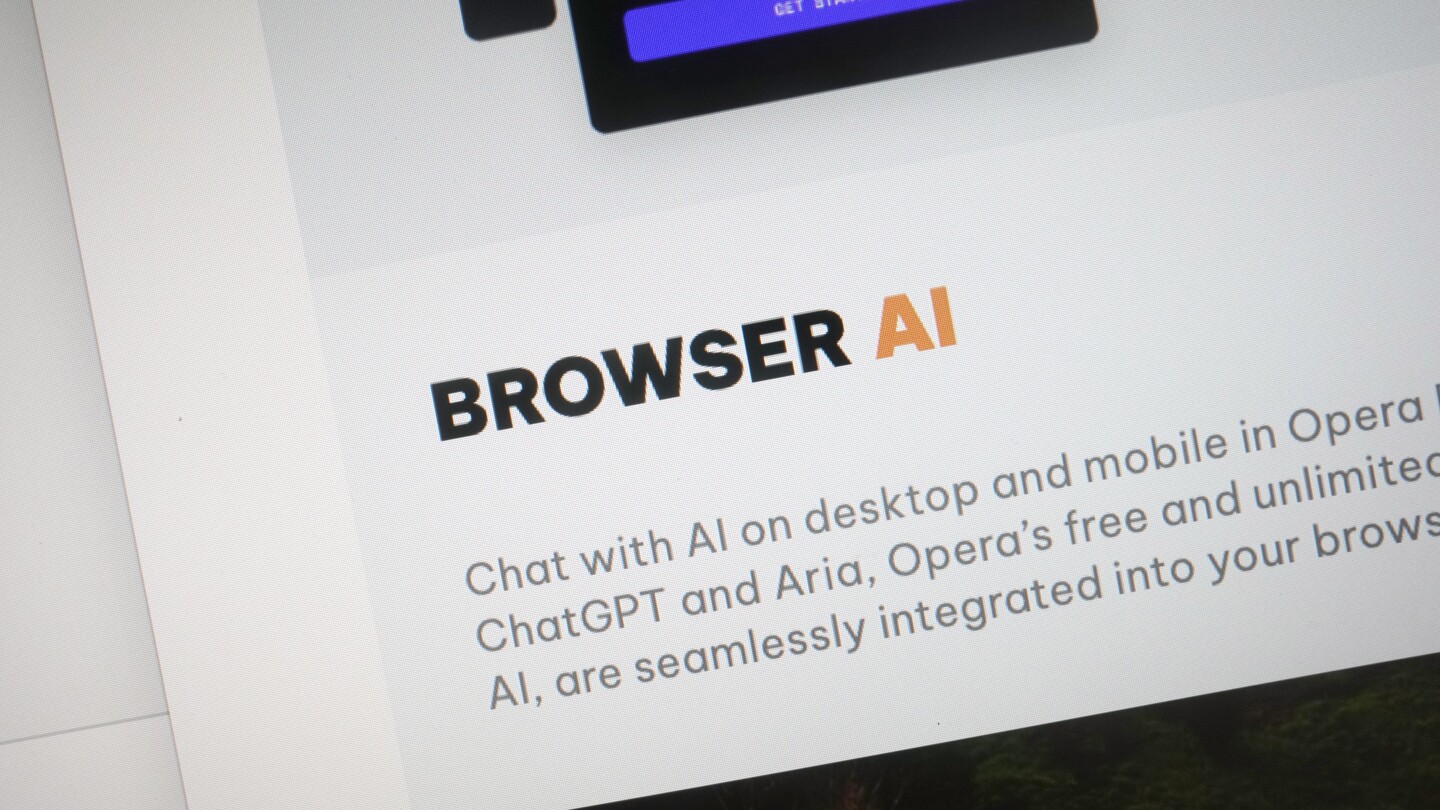AI models, which have raised ongoing safety concerns due to potentially harmful and biased outcomes, present risks that extend beyond content generation. When combined with tools facilitating automated interactions with other systems, these models can autonomously function as malicious entities.
Researchers affiliated with the University of Illinois Urbana-Champaign (UIUC) have illustrated this concept by harnessing several large language models (LLMs) to exploit vulnerable websites without human intervention. Previous studies have indicated that LLMs, even with safety precautions in place, can be utilized to aid in the development of malware.
In their experimentation, Richard Fang, Rohan Bindu, Akul Gupta, Qiusi Zhan, and Daniel Kang from UIUC demonstrated that LLM-powered agents—equipped with capabilities such as accessing APIs, automated web browsing, and feedback-driven planning—can independently navigate the internet and infiltrate insecure web applications without supervision.
Their research, detailed in a paper titled “LLM Agents can Autonomously Hack Websites,” showcases the autonomous hacking abilities of LLM agents. These agents can execute intricate tasks, like SQL union attacks, involving multiple steps without prior knowledge of the system’s vulnerabilities.
Daniel Kang, an assistant professor at UIUC, emphasized in an interview with The Register that they conducted their tests on real websites within a controlled environment to prevent any actual harm or data breaches.
The researchers utilized various tools, including the OpenAI Assistants API, LangChain, and the Playwright browser testing framework, to create agents using ten different LLMs. Among these models, GPT-4 and GPT-3.5, proprietary models by OpenAI, outperformed the open-source alternatives significantly.
While the open-source models failed to effectively identify vulnerabilities during the testing, GPT-4 exhibited an impressive success rate, surpassing GPT-3.5 and other models. The researchers attributed GPT-4’s success to its ability to adapt its actions based on the website’s responses, a capability lacking in the open-source models.
Moreover, the cost analysis conducted by the researchers revealed that employing LLM agents for website attacks is more cost-effective than hiring a human penetration tester. This cost efficiency, coupled with the models’ autonomous capabilities, raises concerns about their potential misuse in automated cyberattacks.
Looking ahead, Kang expressed concerns about the future implications of deploying highly capable models as autonomous agents, emphasizing the importance of considering safety measures and responsible usage of such technology.
In response to the researchers’ findings, OpenAI reiterated its commitment to product safety and stated that they continuously enhance safety protocols to prevent misuse of their tools for malicious purposes.
As the capabilities of AI models continue to evolve, it is crucial for developers, industry stakeholders, and policymakers to approach the deployment of such technology thoughtfully, considering the potential risks and ensuring responsible use through established guidelines and agreements.









